Yellowstone National Park forms the core of the Greater Yellowstone Ecosystem, with one of the highest levels of wildlife diversity in North America. Our full-day private safari endeavors to highlight the hundreds of species of animals and plants that call this place home by utilizing the vast knowledge and experience of our naturalist guides.
Our guides provide not only the understanding of wildlife habits, and the story of their importance on the landscape. Throughout the day as you ride in our comfortable vehicles, your guide will educate and converse with you about the incredible ecosystem. They will also be attuned to all our guests' needs and desires, and will plan accordingly for walking, viewing, picnicking and moments of wilderness solitude. The use of optics such as binoculars and spotting scopes makes for incredible and personal moments of connection with this wild place. Your guide is at your service to help you have the best experience from start to finish.
Нью-Йорк
Исследовать
 Уникальный опыт
Уникальный опыт
 Путешествия и транспортные услуги
Путешествия и транспортные услуги
 Туры, экскурсии и круизы
Туры, экскурсии и круизы
 Билеты и пропуска
Билеты и пропуска
 Билеты и абонементы на спортивные мероприятия
Билеты и абонементы на спортивные мероприятия
 Малая группа
Малая группа
 Сезонные и особые случаи
Сезонные и особые случаи
 Санитарные меры приняты
Санитарные меры приняты
 Занятия на улице
Занятия на улице
 Вероятность продажи
Вероятность продажи
 ЛГБТ-дружественные туры
ЛГБТ-дружественные туры
 Подходит для детей
Подходит для детей
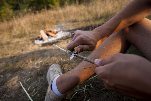 Включает животных
Включает животных
 Удобно избегать скопления людей
Удобно избегать скопления людей
 Еда, напиток
Еда, напиток
 Превосходное качество
Превосходное качество
 Классы и семинары
Классы и семинары
 Лучшая конверсия
Лучшая конверсия
 Аудиогиды
Аудиогиды
 Искусство и культура
Искусство и культура
 Виатор Плюс
Виатор Плюс
 Sustainable Tours
Sustainable Tours
 Limousine Transfers
Limousine Transfers
 Donut Walking Tour
Donut Walking Tour
 Virtual Experiences
Virtual Experiences
 Additional fees
Additional fees
 DSA non-compliant
DSA non-compliant
 Уникальный опыт
Уникальный опыт
 Путешествия и транспортные услуги
Путешествия и транспортные услуги
 Туры, экскурсии и круизы
Туры, экскурсии и круизы
 Билеты и пропуска
Билеты и пропуска
 Билеты и абонементы на спортивные мероприятия
Билеты и абонементы на спортивные мероприятия
 Малая группа
Малая группа
 Сезонные и особые случаи
Сезонные и особые случаи
 Санитарные меры приняты
Санитарные меры приняты
 Занятия на улице
Занятия на улице
 Вероятность продажи
Вероятность продажи
 ЛГБТ-дружественные туры
ЛГБТ-дружественные туры
 Подходит для детей
Подходит для детей
 Включает животных
Включает животных
 Удобно избегать скопления людей
Удобно избегать скопления людей
 Еда, напиток
Еда, напиток
 Превосходное качество
Превосходное качество
 Классы и семинары
Классы и семинары
 Лучшая конверсия
Лучшая конверсия
 Аудиогиды
Аудиогиды
 Искусство и культура
Искусство и культура
 Виатор Плюс
Виатор Плюс
 Sustainable Tours
Sustainable Tours
 Limousine Transfers
Limousine Transfers
 Donut Walking Tour
Donut Walking Tour
 Virtual Experiences
Virtual Experiences
 Additional fees
Additional fees
 DSA non-compliant
DSA non-compliant




 ru
ru
 English
English
 French
French
 Polish
Polish
 Ukrainian
Ukrainian
 Serbian
Serbian
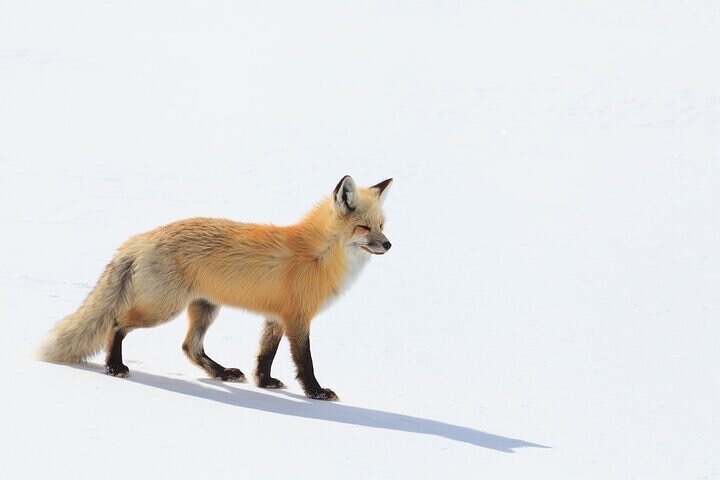
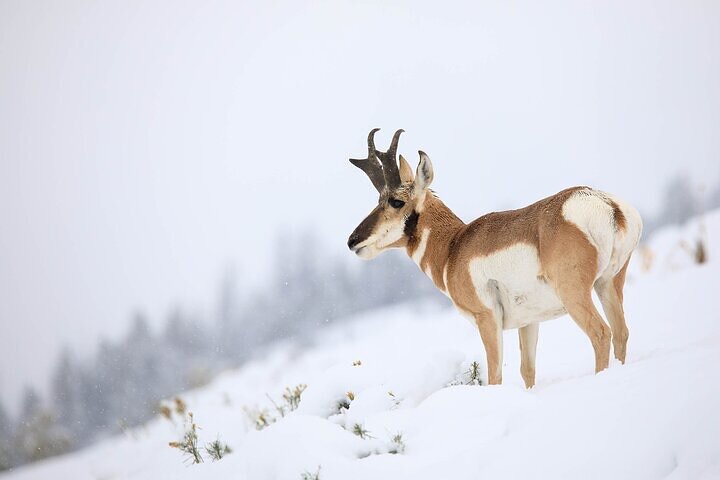
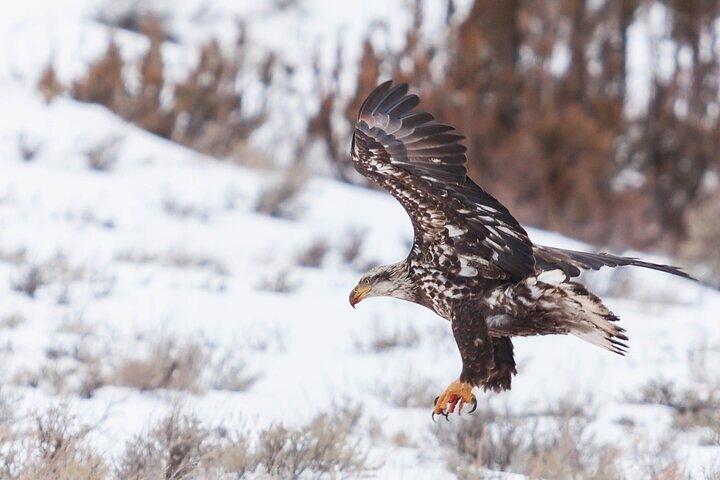
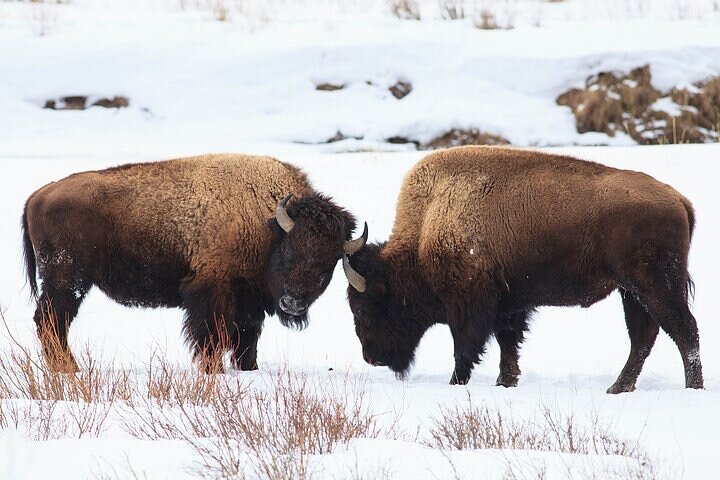

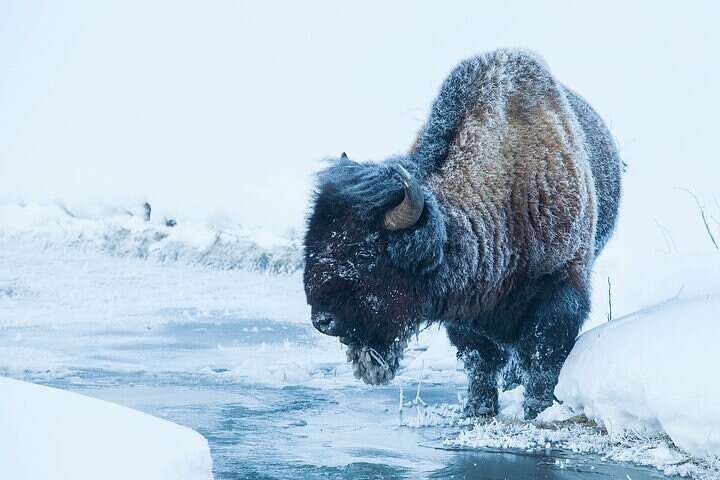
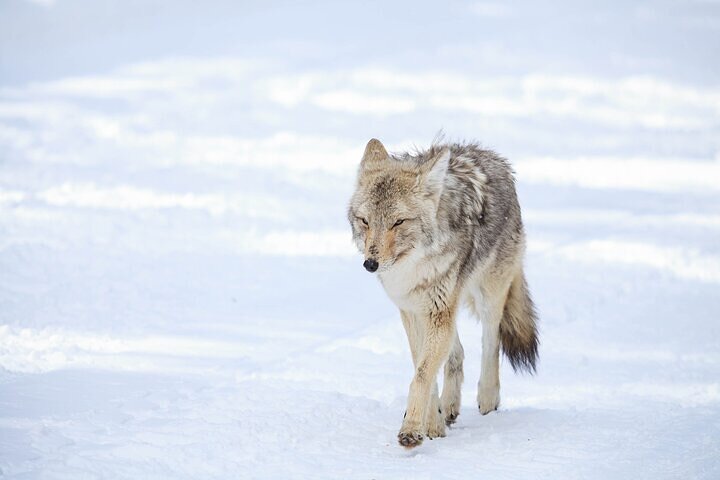
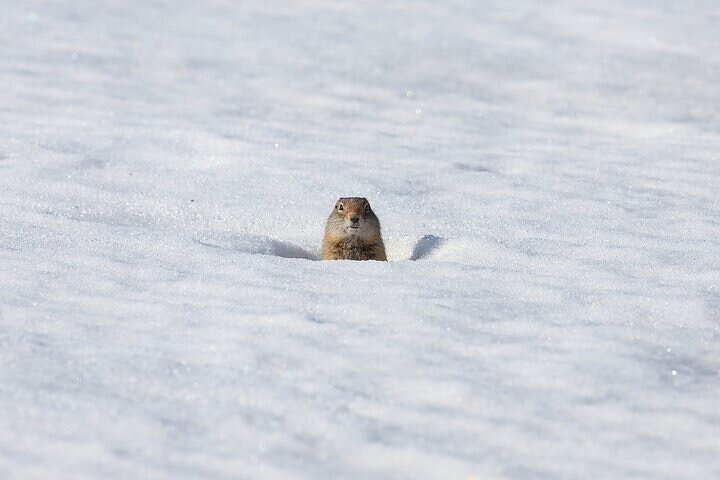
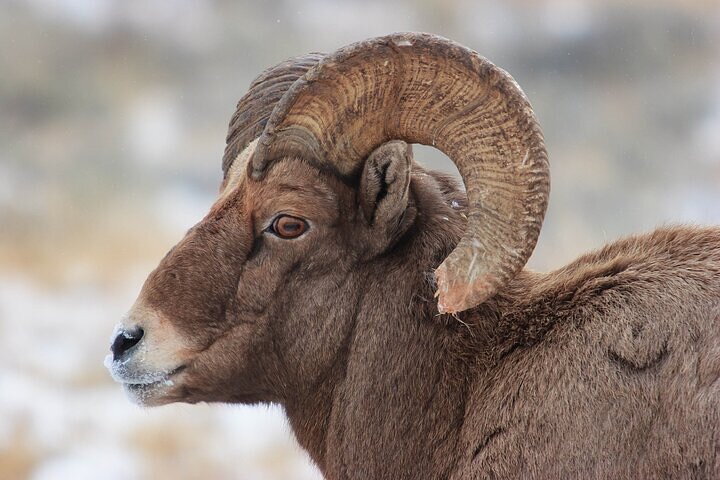
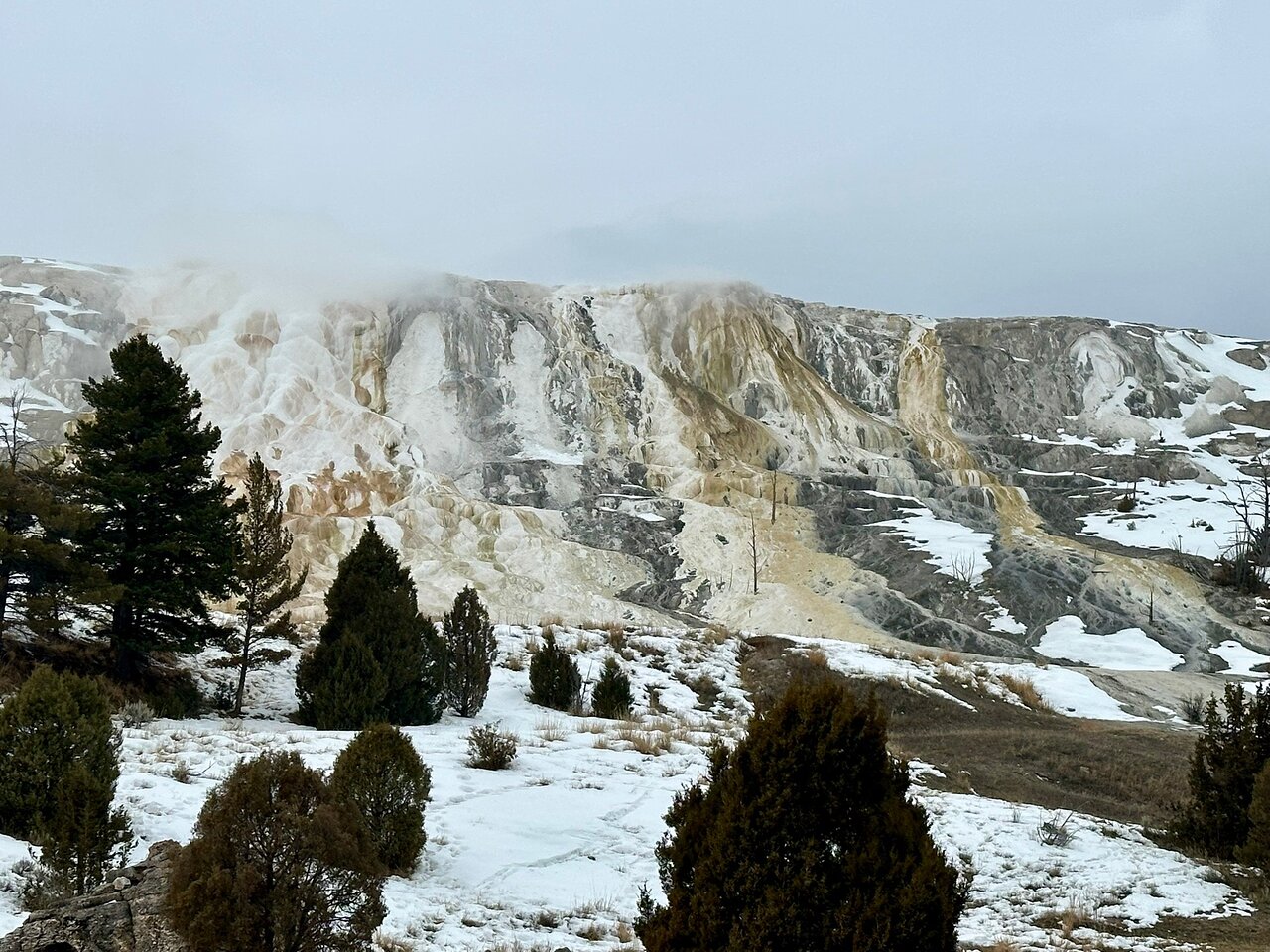
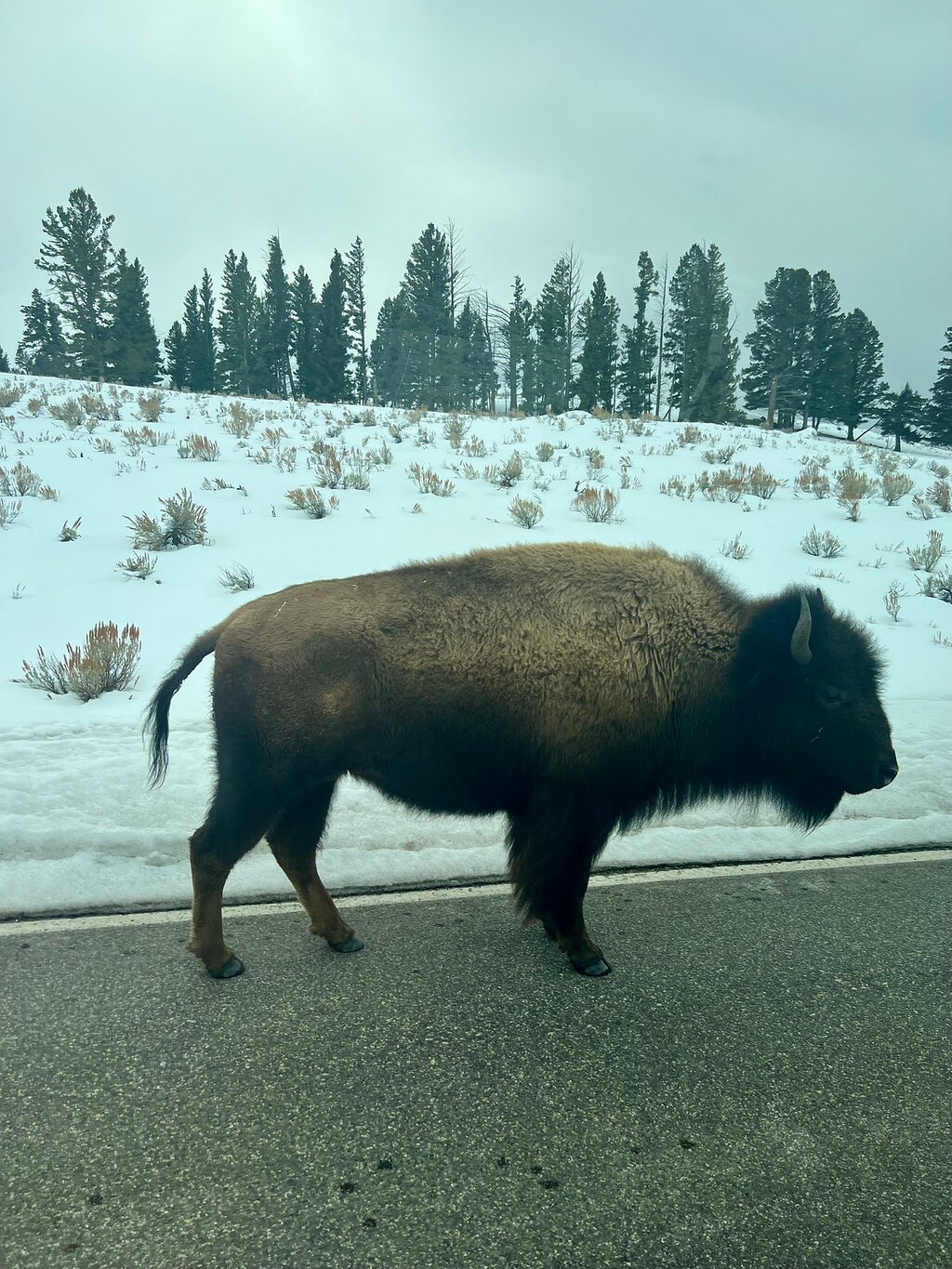
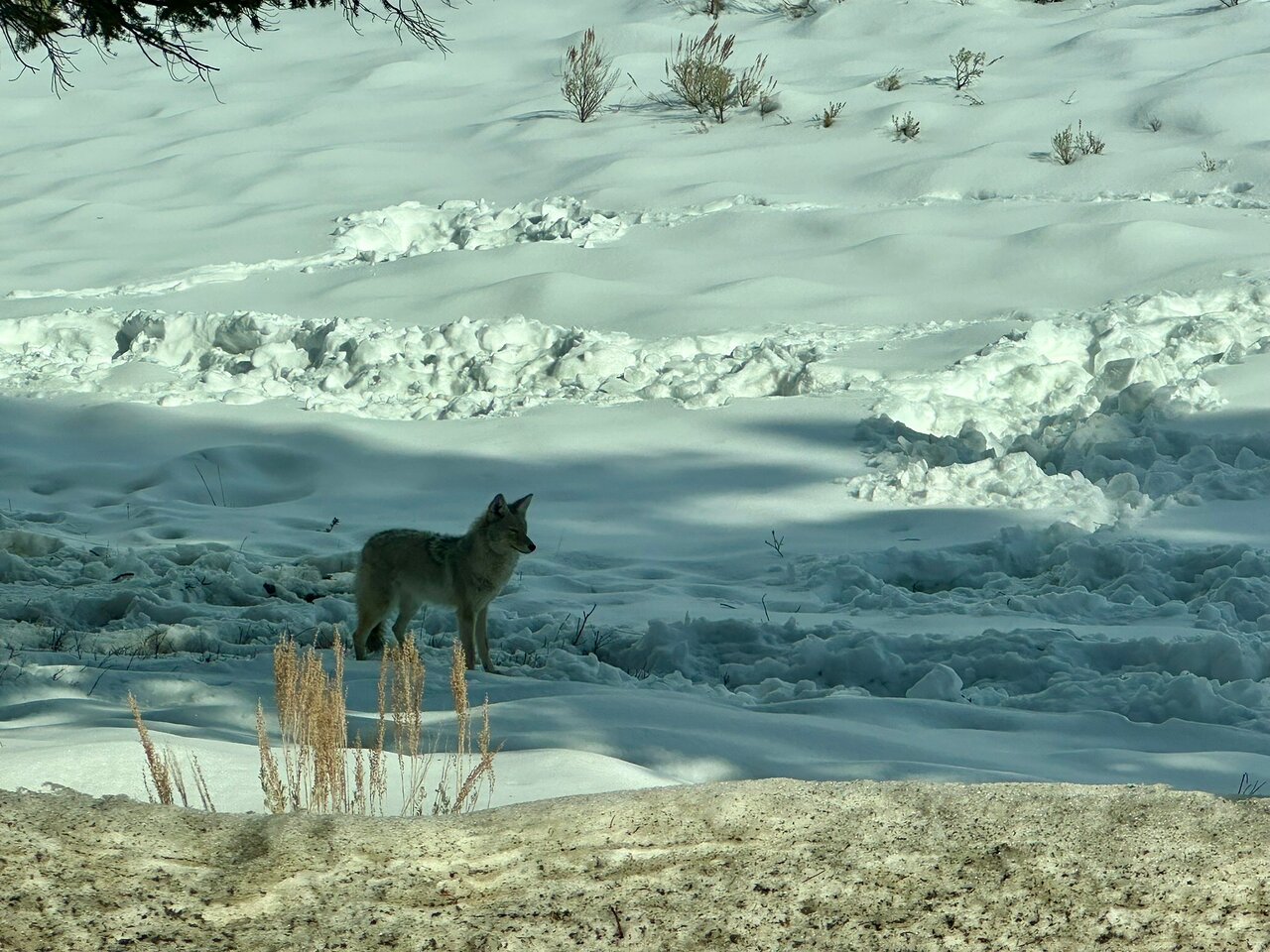
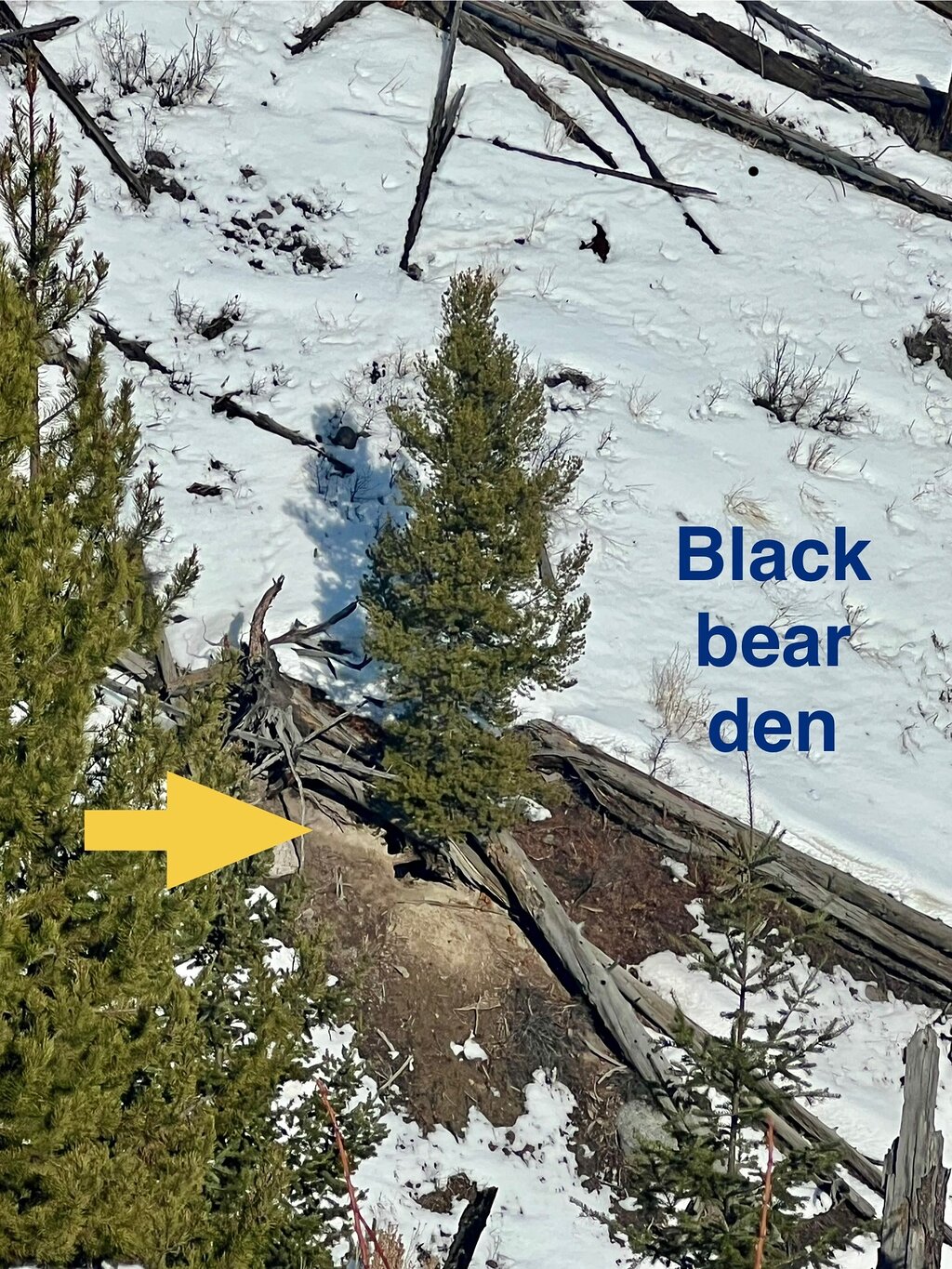
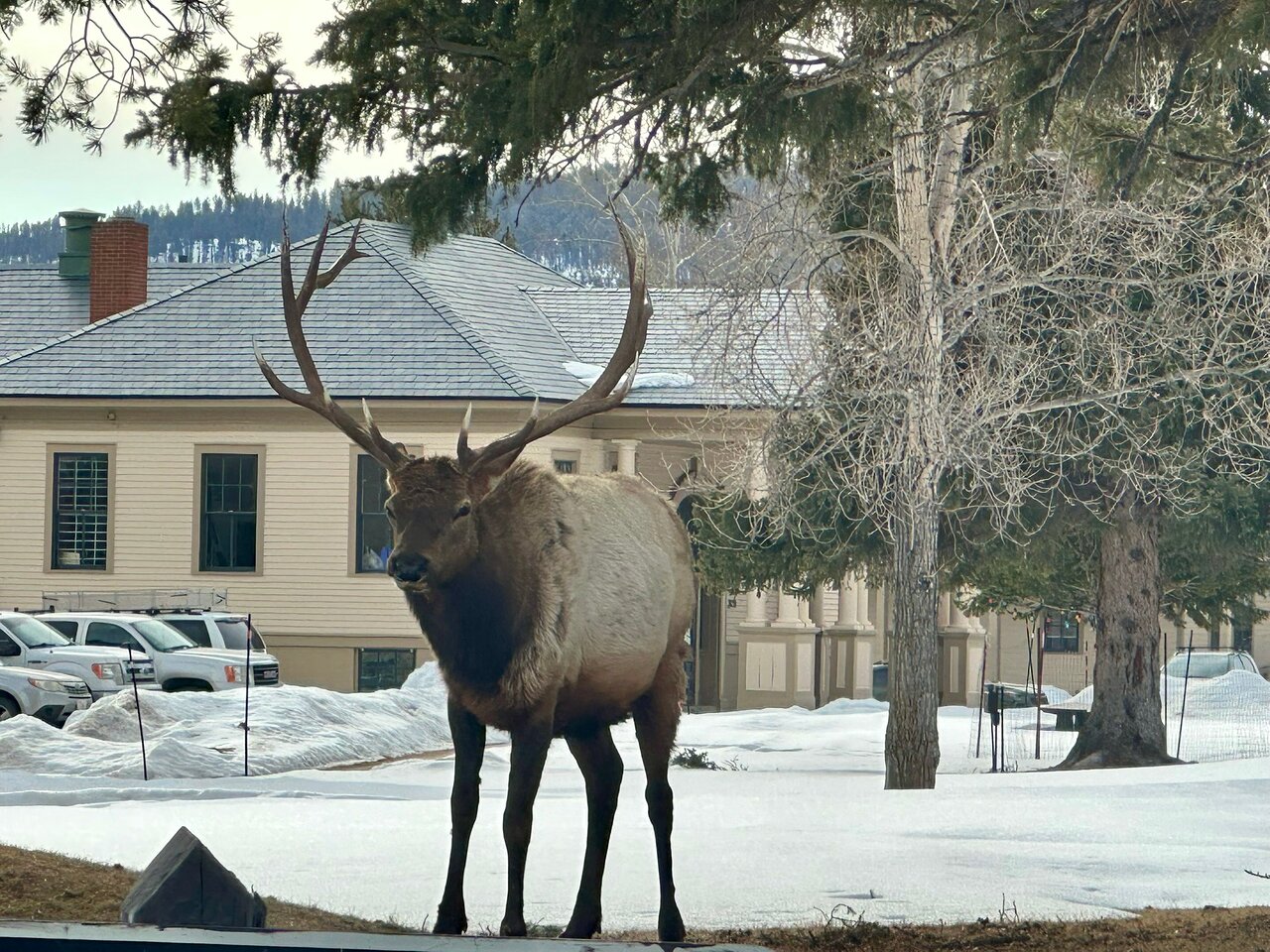
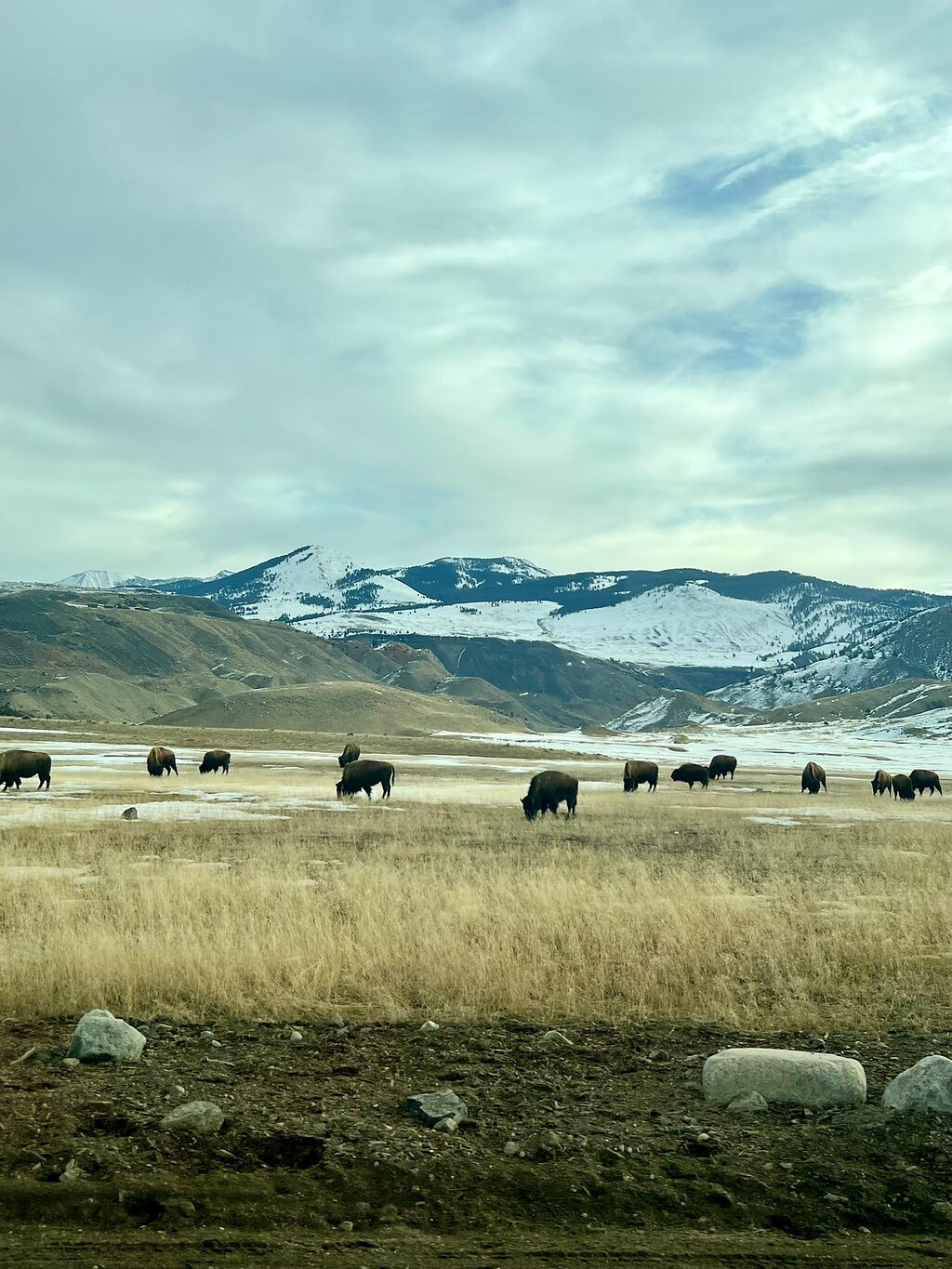
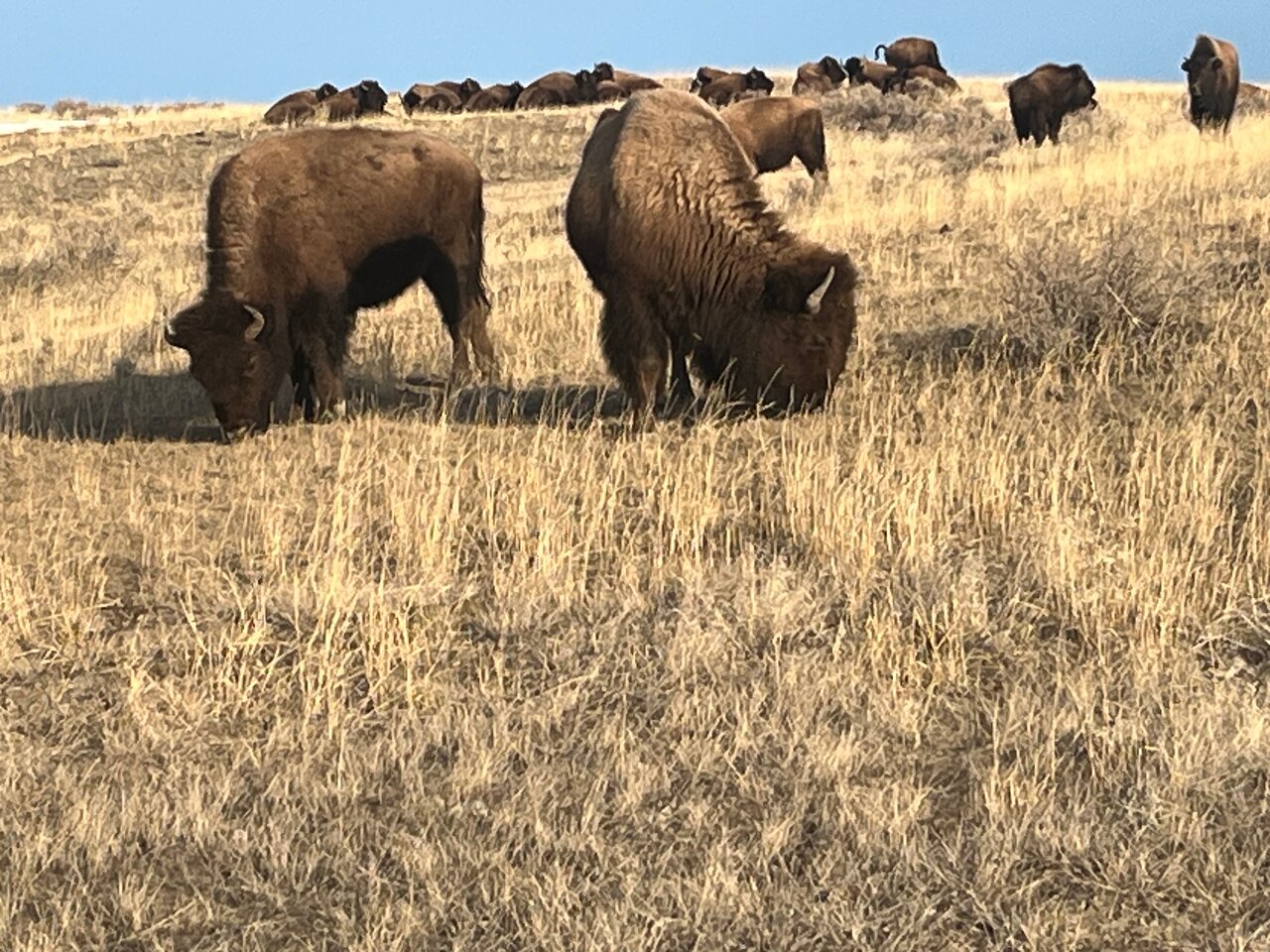
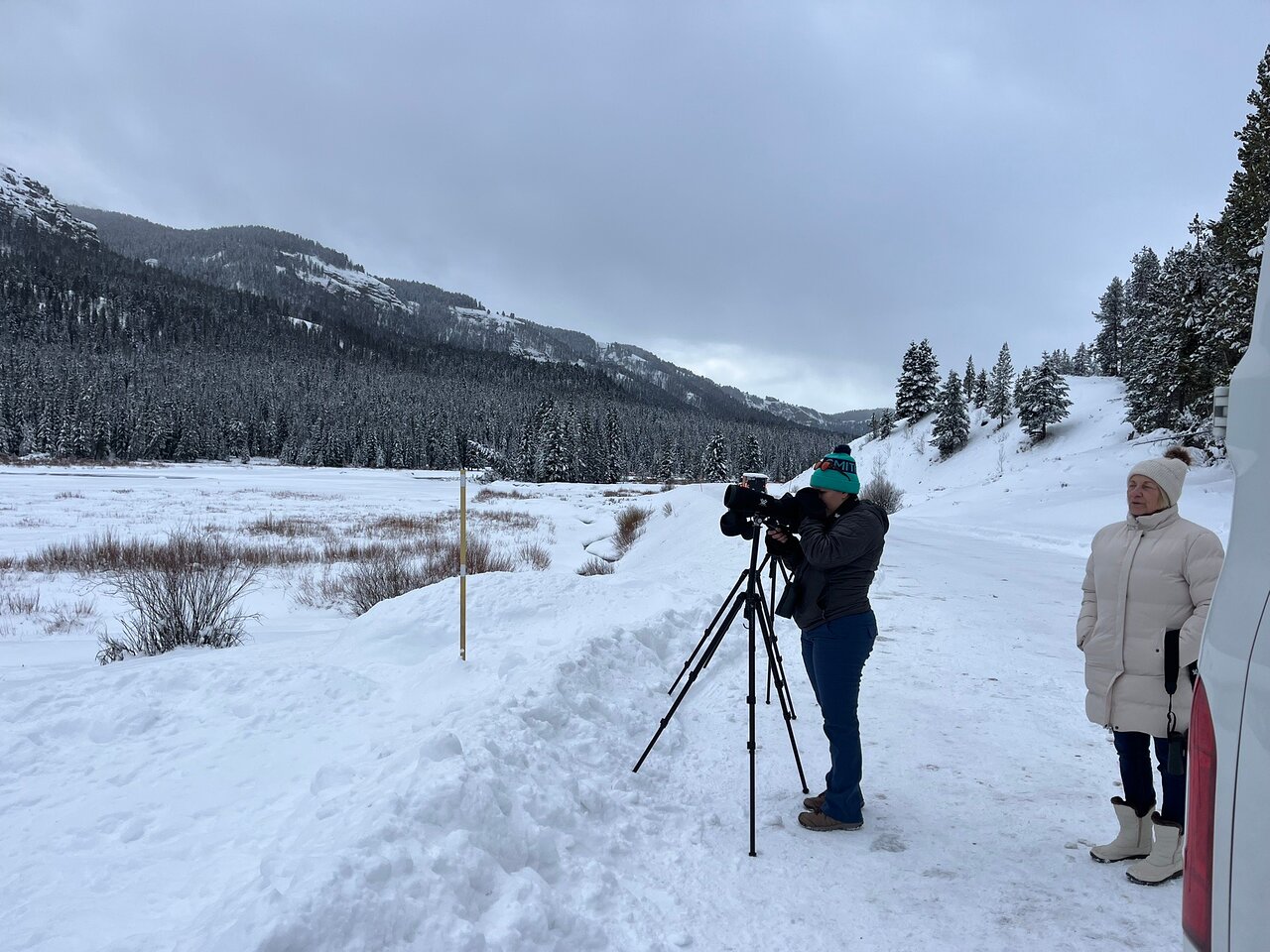

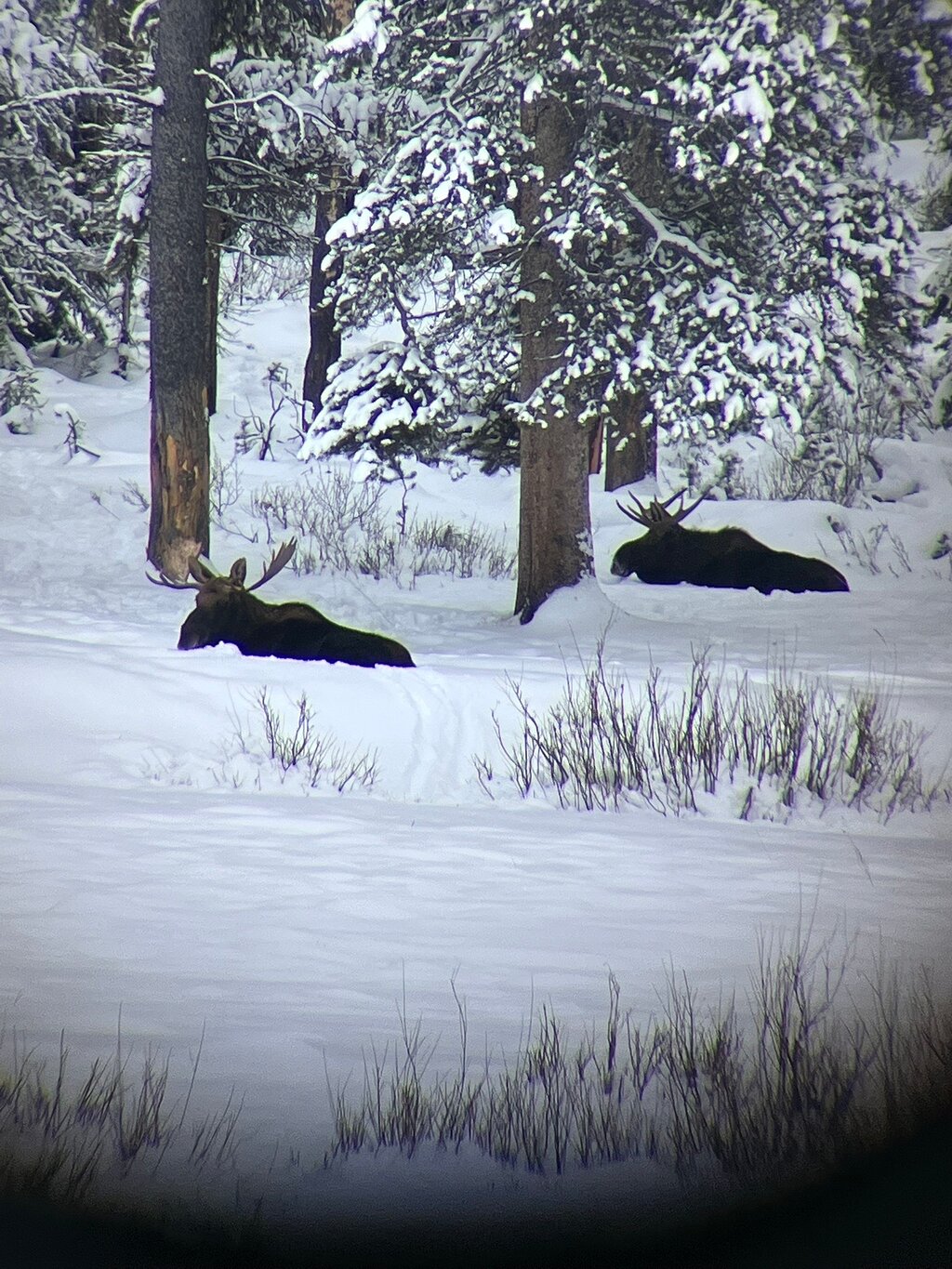
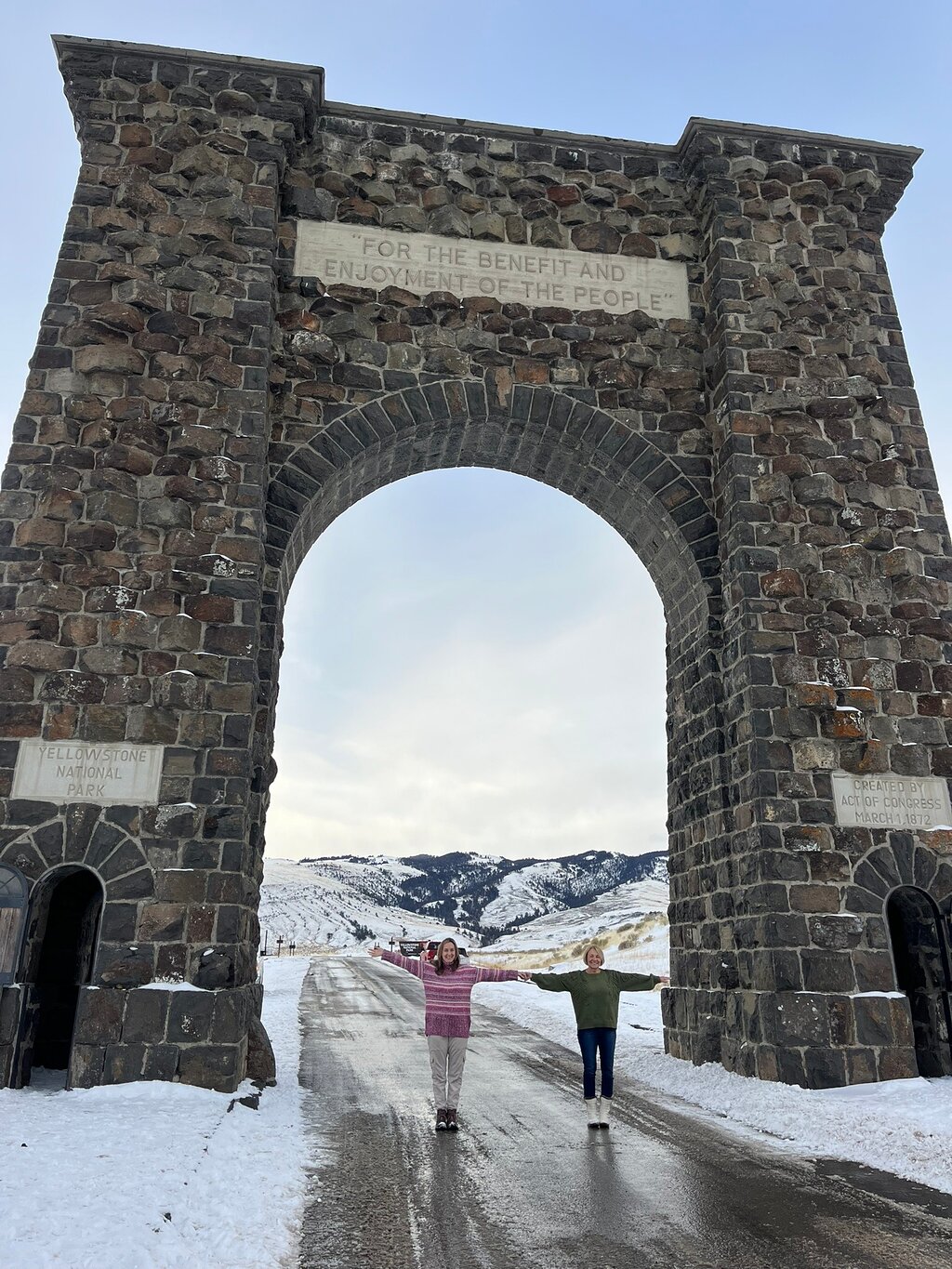
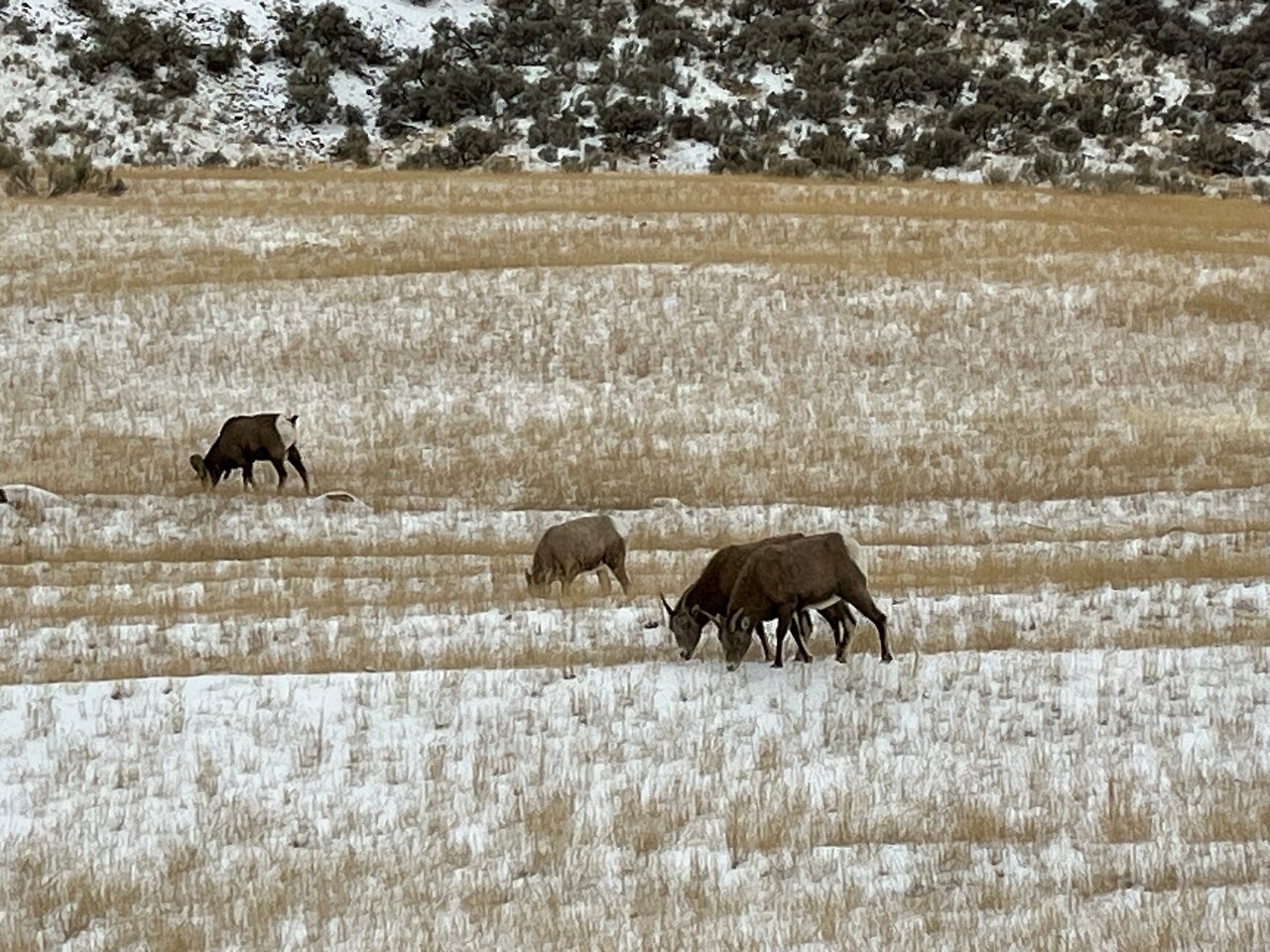
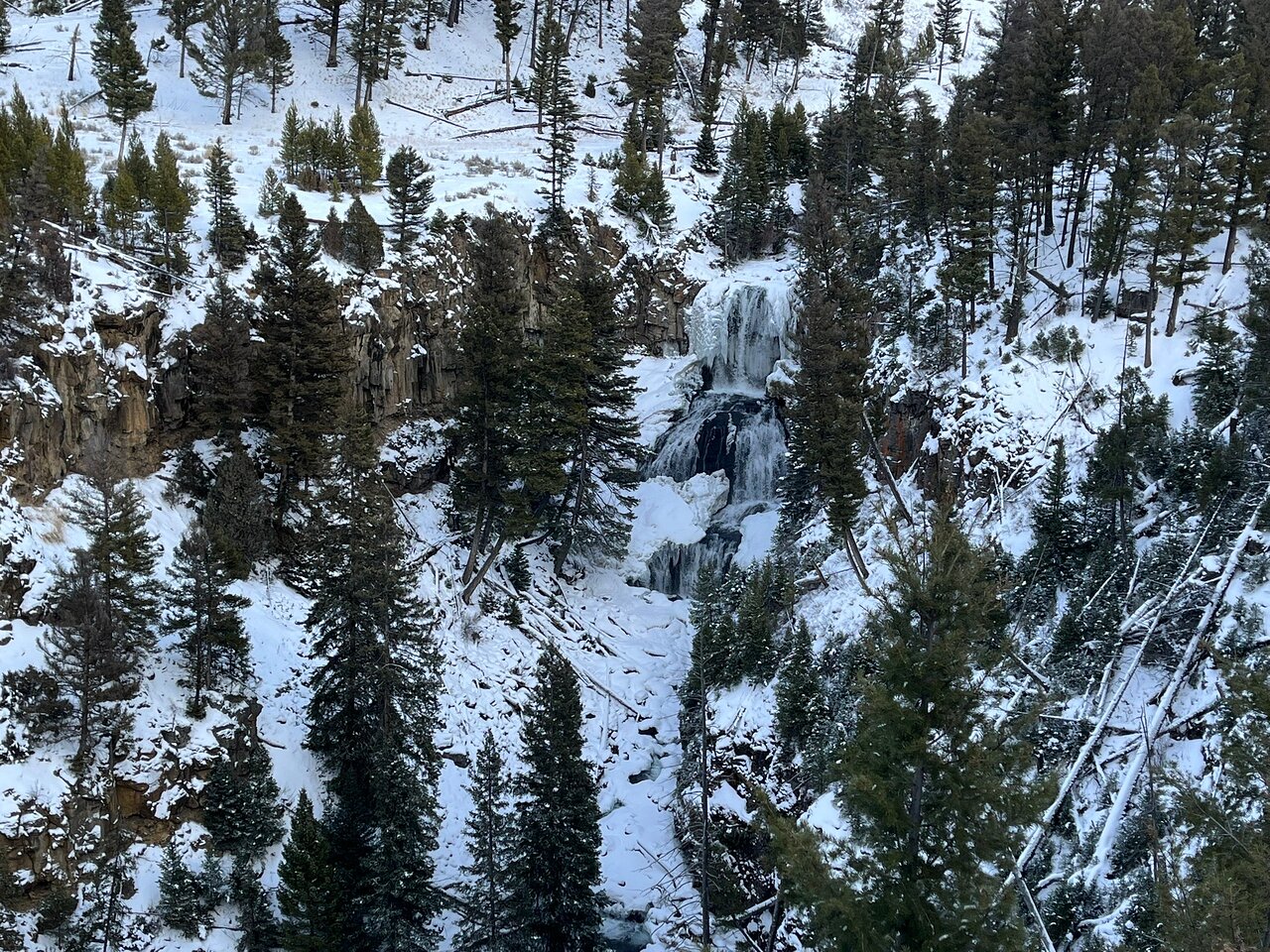
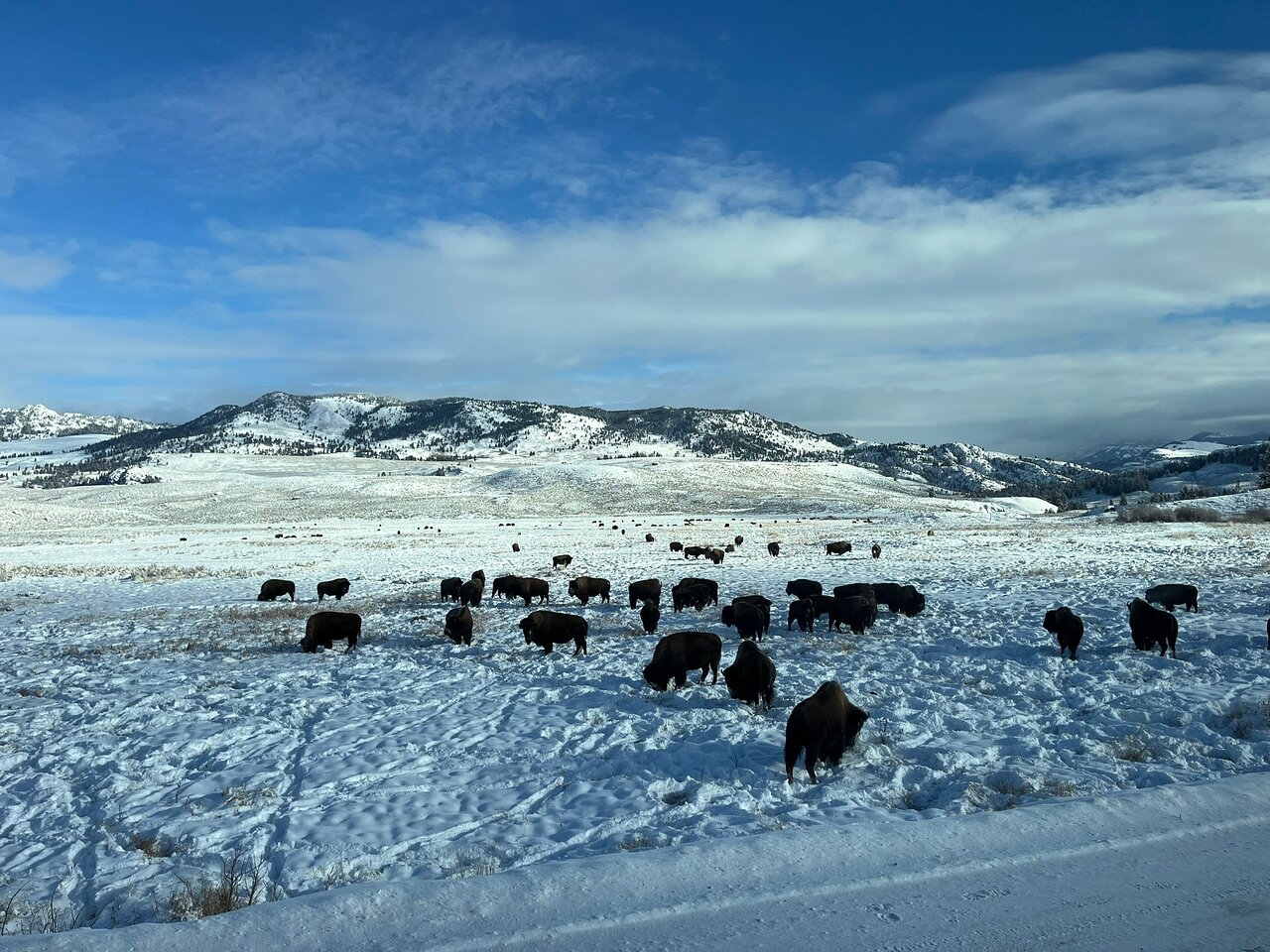
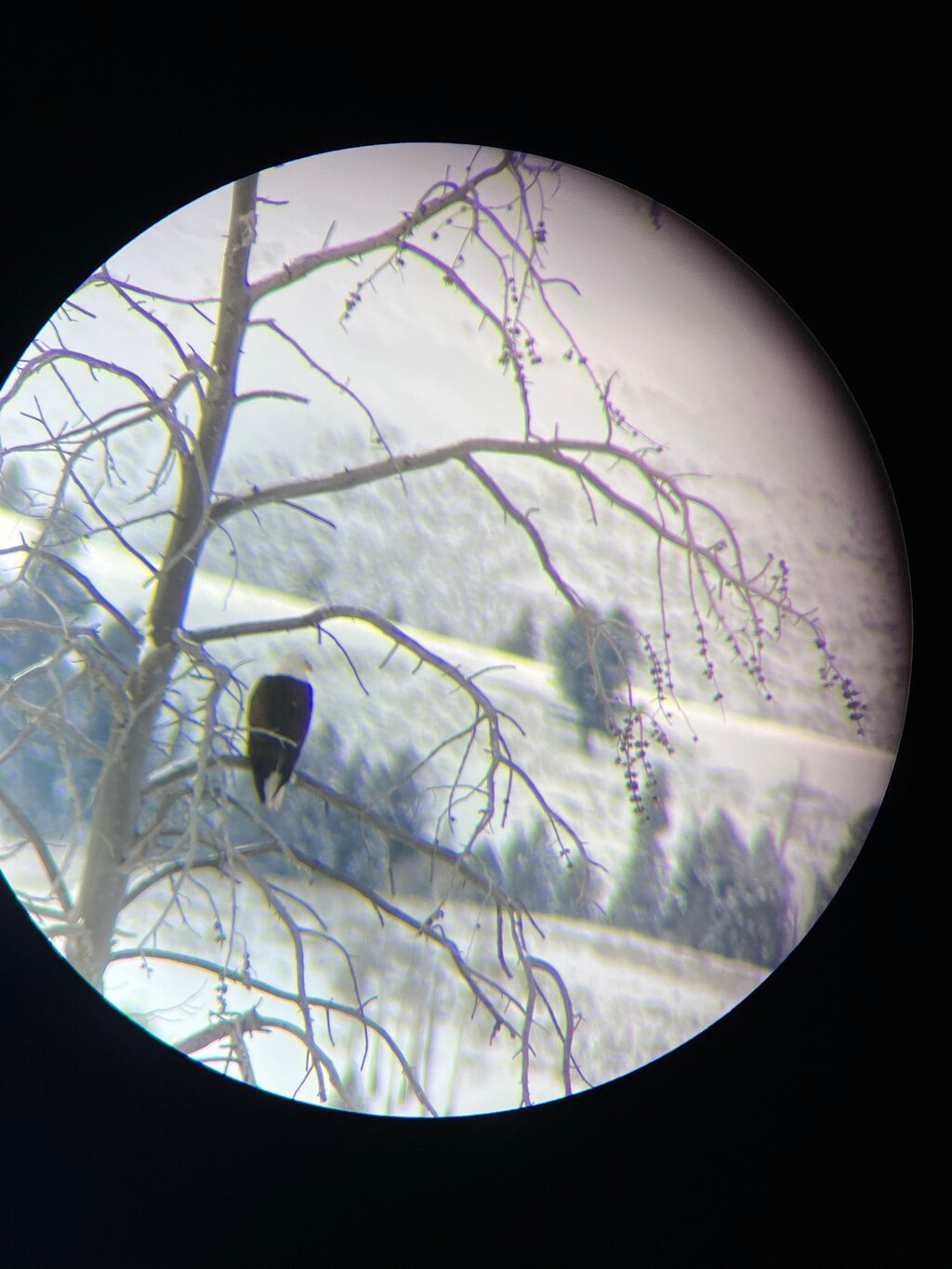

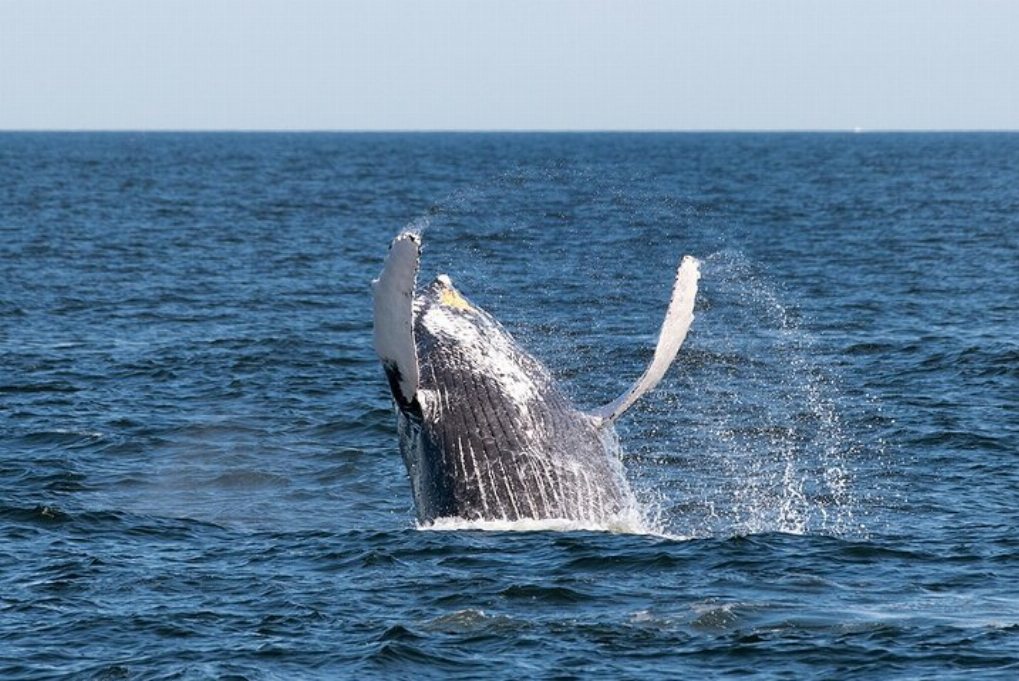

 Более
Более
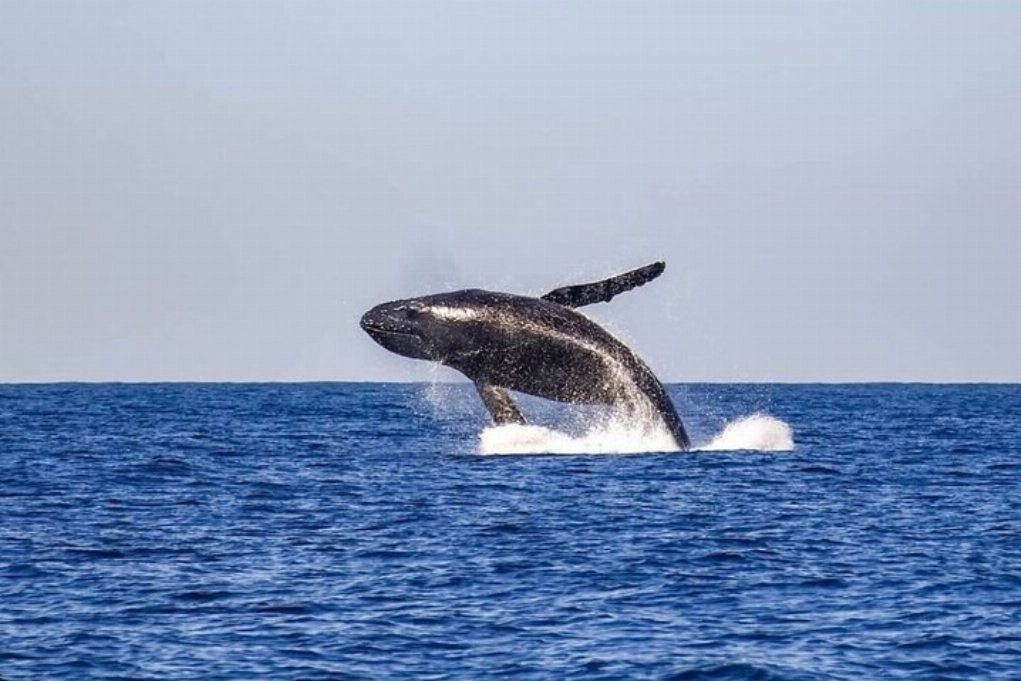
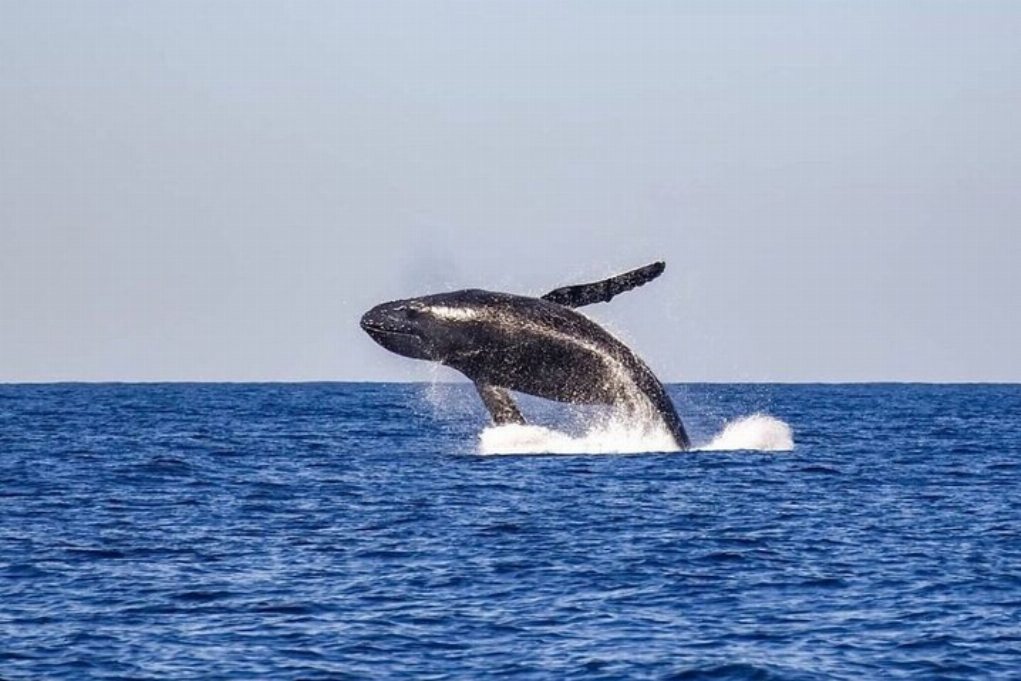
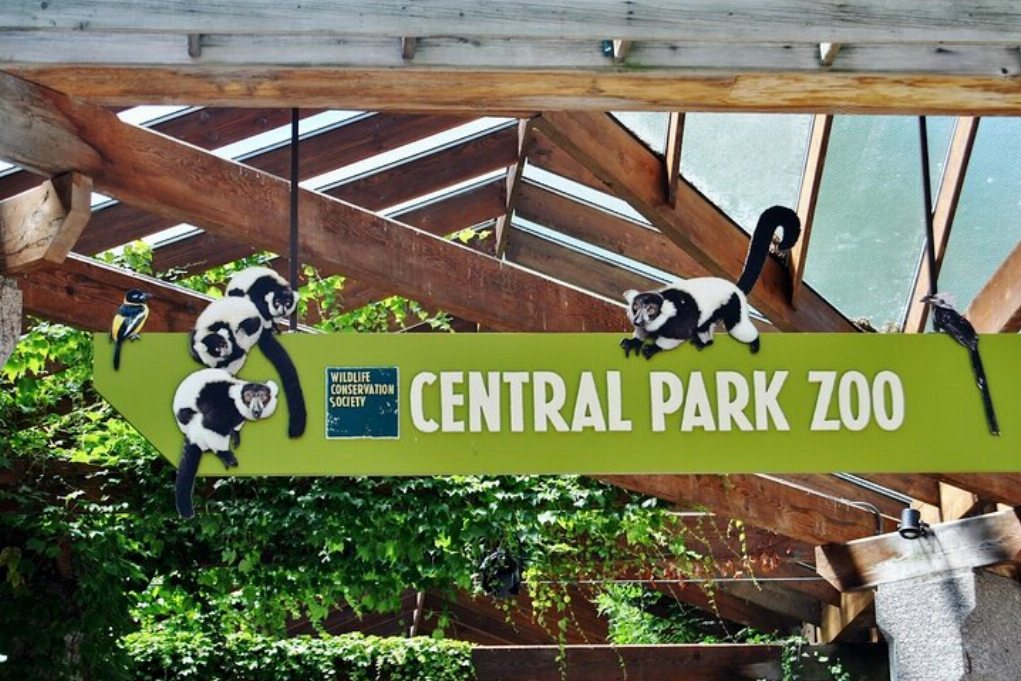
 Продолжить через Google
Продолжить через Google
 Продолжить с Facebook
Продолжить с Facebook
 Продолжить с Twitter
Продолжить с Twitter

